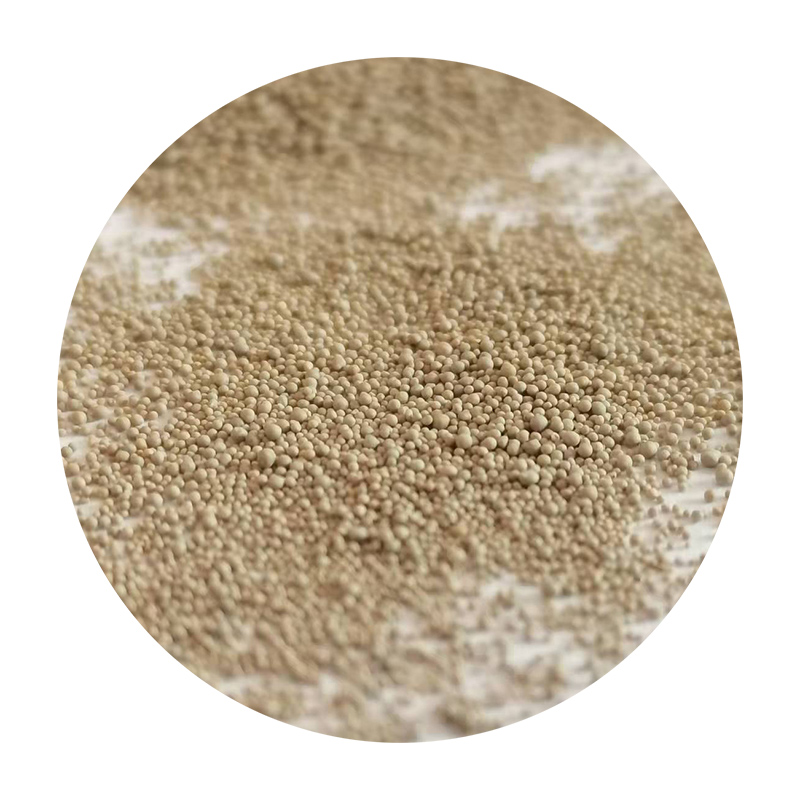The Rise of 3D Printing in Sand
In recent years, 3D printing technology has revolutionized various industries, from healthcare to aerospace, but one of the most intriguing applications has emerged in the realm of sand printing. The method of 3D printing with sand offers a unique combination of speed, flexibility, and sustainability that is attracting attention across multiple sectors, particularly in construction and manufacturing. This article explores the advantages, processes, and future possibilities of sand-based 3D printing.
Understanding Sand 3D Printing
3D printing with sand primarily involves the use of a technique known as binder jetting. In this process, a computer-controlled printer deposits a liquid binder onto layers of sand, which gradually solidifies to create a cohesive object. Unlike traditional manufacturing methods, which often rely on subtractive processes that can waste materials, sand 3D printing is additive, meaning that it builds objects layer by layer, thus minimizing waste. Furthermore, sand is an abundant, inexpensive material, making this technology highly cost-effective.
Applications in Construction
One of the most significant advantages of sand 3D printing lies in its application in the construction industry. The ability to create complex geometries quickly and efficiently allows architects and builders to design structures that were previously impossible or prohibitively expensive to construct using conventional methods. For instance, 3D-printed sand molds can be used to create intricate concrete forms that enhance aesthetic appeal and structural integrity.
Moreover, sand 3D printing facilitates the construction of sustainable buildings. Given that natural resources like sand are often considered waste material, utilizing them in construction can be an eco-friendly choice. Additionally, the rapid prototyping capability of sand printing allows for iterative design processes, enabling builders to refine their projects before full-scale production begins.
Advantages Over Traditional Methods
3d printing sand

The advantages of sand 3D printing extend beyond just aesthetics and sustainability. First, the speed of production is a game-changer; projects that would take weeks or even months can be completed in a fraction of the time. This efficiency translates into lower labor costs and reduced time to market for new products.
Second, the versatility of sand printing allows for customization at no extra cost. Businesses can create bespoke products tailored to individual client needs without the burden of high setup costs associated with traditional manufacturing. This benefit appeals particularly to industries that require one-off designs or limited production runs.
Future Prospects and Challenges
The future of 3D printing in sand looks promising, but it is not without its challenges. Scale remains a significant hurdle; while small-scale projects have been successful, scaling up to construction of full buildings or complex structures demands further advancements in technology and the production of larger printers capable of handling substantial volumes of sand.
Additionally, regulatory and safety standards must evolve to accommodate new materials and methods of construction. As the technology matures, there will likely be increased demand for guidelines that ensure durability, safety, and sustainability in sand 3D printed structures.
Conclusion
In summary, the integration of sand into the 3D printing landscape signals a shift toward more sustainable and innovative manufacturing methods. While challenges remain, the potential benefits, including reduced waste, faster production times, and greater design flexibility, could transform how industries approach construction and product development. As technology continues to advance, we can expect sand 3D printing to play an increasingly vital role in shaping the future of various sectors, paving the way for more efficient and sustainable practices. The possibilities are as vast as the deserts from which sand is derived, and as this technology evolves, it could redefine our approach to building and manufacturing in the years to come.
Post time:pro . 05, 2024 14:27
Next:how to sand cast
